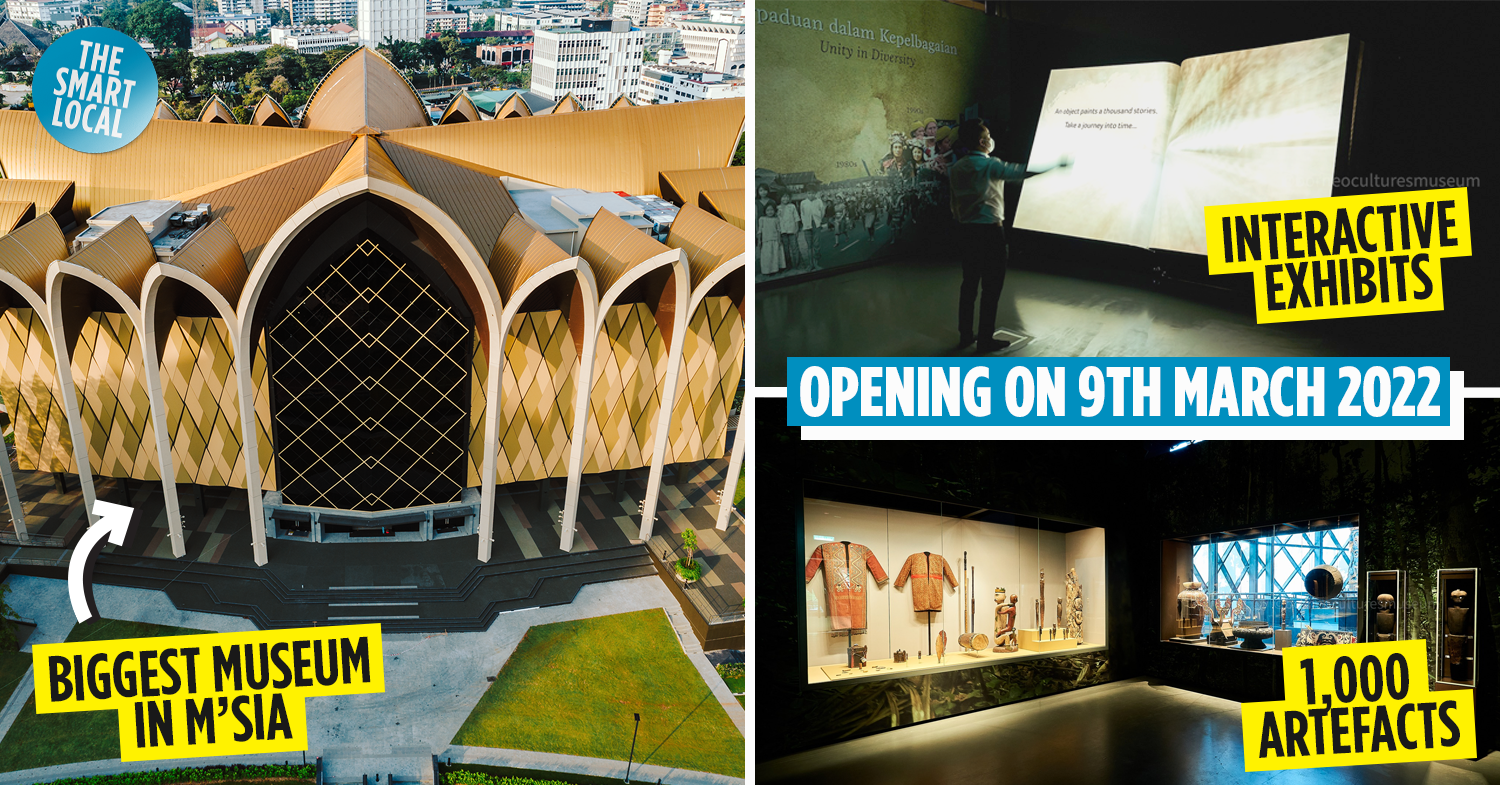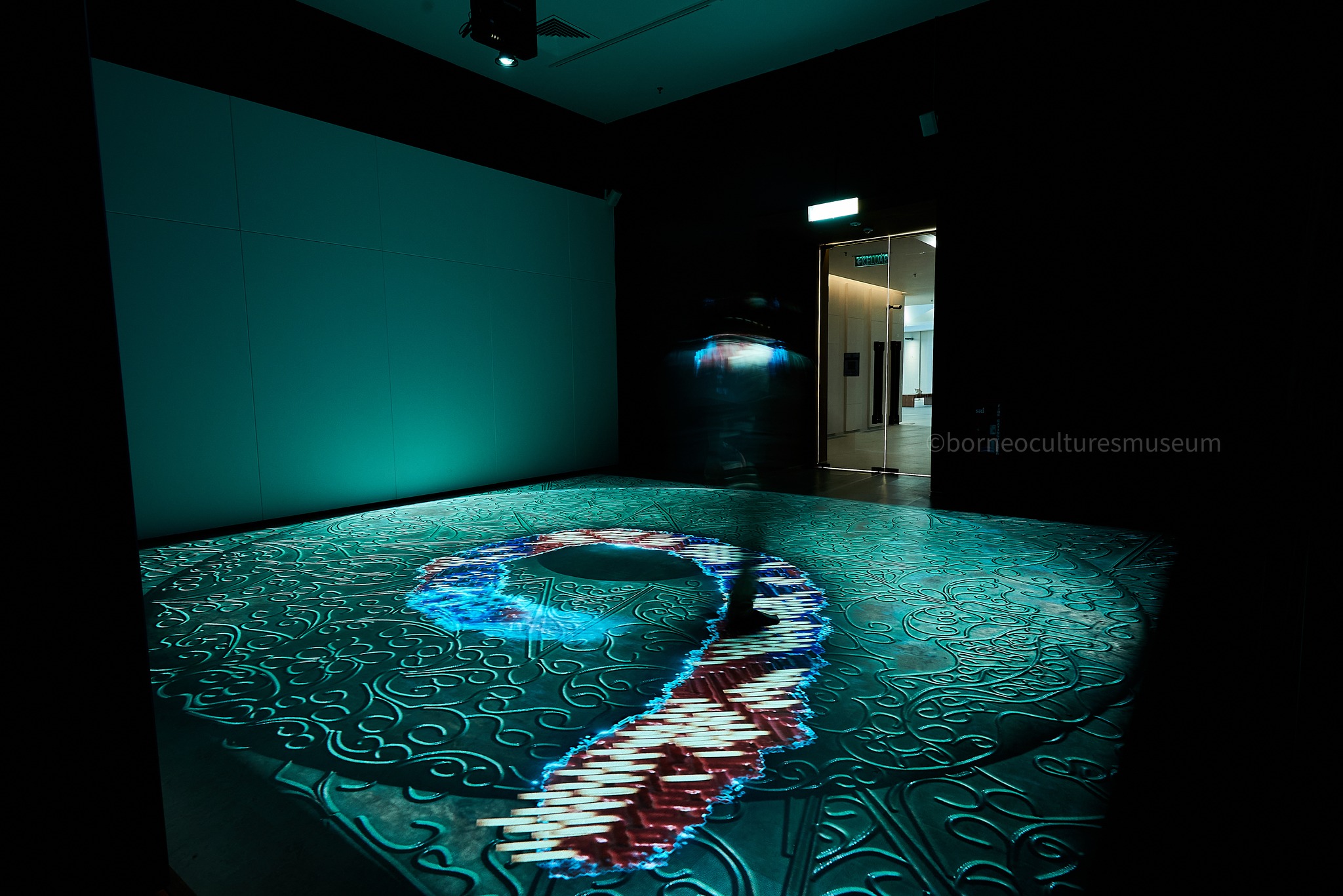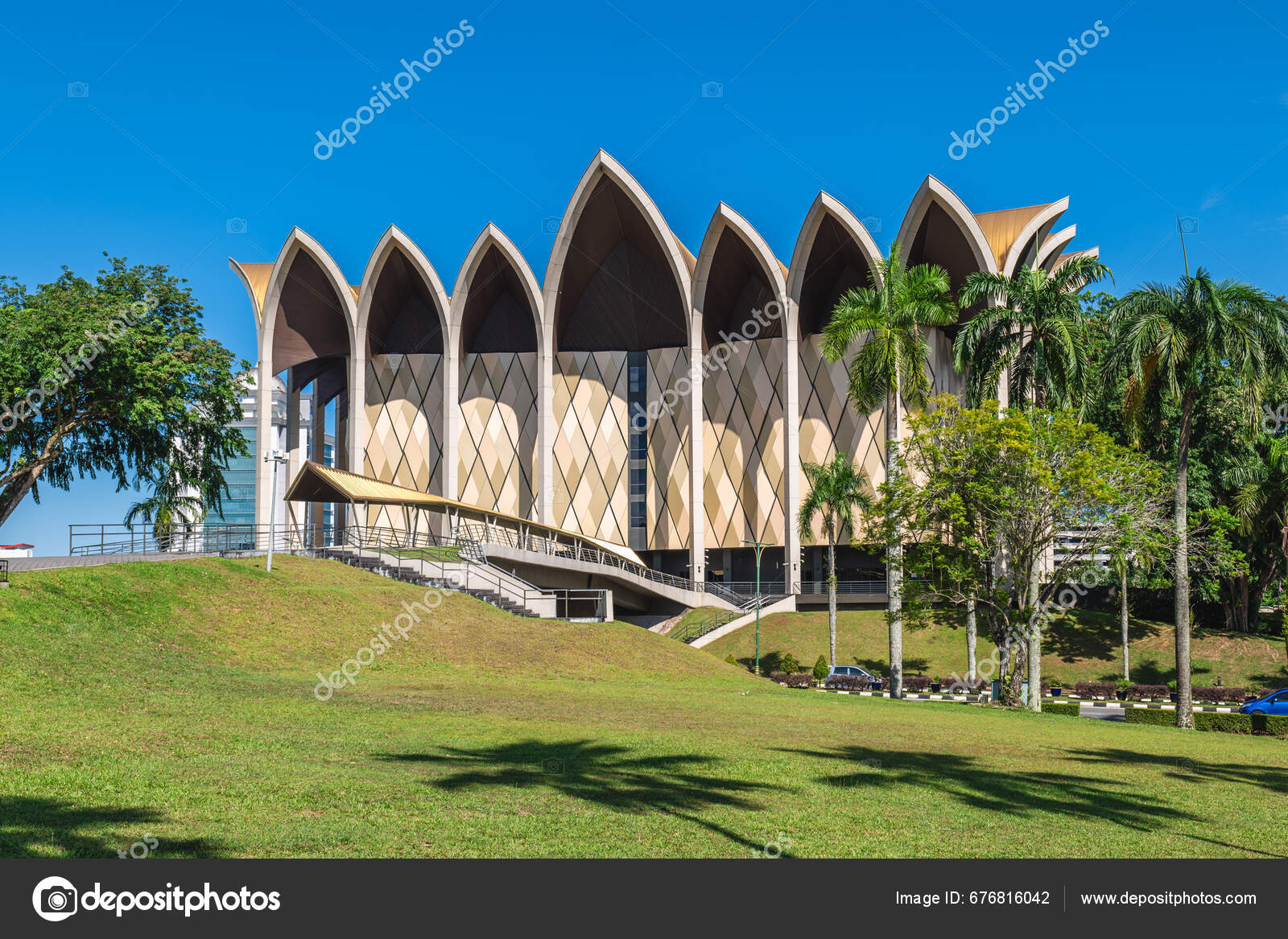Delve Into the Fascinating Globe of Borneo's Cultural Heritage: A Comprehensive Guide to the Cultures Museum Experience
Submersing oneself in the intricate tapestry of Borneo's social heritage belongs to embarking on a trip with time and tradition. The combination of native tribes, traditional handicrafts, fascinating performances, and historic narratives housed within the boundaries of the island's galleries uses a peek right into a globe teeming with profound legacies and dynamic custom-mades. As visitors traverse with these repositories of culture, they are bid to discover a realm where past and present intermingle, welcoming reflection on the durability and richness of Borneo's diverse heritage.
Aboriginal Tribes of Borneo
Borneo is home to over 50 indigenous tribes, each with one-of-a-kind social methods and practices that have been protected for generations. Amongst these people are the Iban, recognized for their standard longhouses and intricate tattoos where multiple families live. The Dayak individuals, another famous group, take part in intricate spiritual events and are proficient craftsmens, crafting elaborate timber makings and woven textiles. The Penan people, on the various other hand, are nomadic hunter-gatherers with a deep link to the rain forest, utilizing blowpipes for hunting and celebration wild plants for sustenance.
These aboriginal people play an important duty in keeping Borneo's abundant social tapestry. Site visitors to Borneo have the opportunity to engage themselves in the unique way of lives of these people through cultural tours, homestays, and community-based tourist initiatives.
Typical Inventions and Artifacts

One prominent instance of typical handicrafts in Borneo is the production of woven items - Borneo Cultures Museum. Experienced weavers utilize natural fibers like rattan, bamboo, and pandan entrusts to develop complex baskets, mats, and devices embellished with colorful patterns that hold symbolic significances within the area
The art of woodcarving is an additional considerable element of Borneo's standard handicrafts. Craftsmens sculpt intricate designs right into different sorts of wood to generate masks, sculptures, and music tools that not only offer useful purposes however also hold social significance, commonly showing mythology or spiritual ideas.
Moreover, Borneo is renowned for its beadwork, with artisans meticulously crafting grains from materials like glass, seeds, and shells to create jewelry, clothing decorations, and ornamental items that display the region's vibrant visual practices. These conventional handicrafts and artifacts not just function as tangible expressions of Borneo's cultural heritage however also provide insights right into the neighborhoods' beliefs, worths, and lifestyle.

Social Performances and Festivals
With an ingrained connection to their social traditions, the communities in Borneo come active with dynamic social performances and events that celebrate their heritage. These events showcase the rich variety of Borneo's ethnic teams, each offering unique dancings, songs, and routines that have been passed down with generations. One of the most popular festivals is the Gawai Dayak, commemorated by the Dayak people to note the rice collecting season. Throughout this celebration, conventional songs fills up the air, detailed dances are done, and elaborate traditional outfits are put on. Another considerable occasion is the Pesta Kaamatan, celebrated by the Kadazandusun community to appreciate for the rice harvest. This event features social efficiencies, consisting of the Sumazau dance, and conventional sporting activities like the bamboo dancing. Site visitors to Borneo can submerse themselves in these celebrations, gaining a deeper understanding of the area's cultural heritage and experiencing the warm hospitality of its individuals. Cultural efficiencies and navigate to these guys festivals serve as a vivid pointer of Borneo's abundant cultural tapestry and the relevance of protecting these practices for future generations.
Historic Stories and Artefacts
Exploring the historical stories and artifacts of Borneo supplies an interesting glimpse into the region's abundant past and social development. Borneo's historic tapestry is woven with varied impacts, showing the communications between indigenous people, Chinese traders, European colonizers, and Malay sultanates. The artefacts found in Borneo showcase this elaborate background, varying from typical crafts like elaborate beadwork and woodcarvings to archaeological prizes such as ancient pottery and tools.
One of the most compelling elements of Borneo's historical narratives is the preservation of oral traditions passed site down with generations. These stories give insights right into the ideas, custom-mades, and lives of Borneo's inhabitants throughout the centuries. Additionally, the artifacts discovered from historical sites provide tangible links to these stories, allowing site visitors to witness the material society of past cultures firsthand.
Contemporary Cultural Preservation Efforts

Moreover, curricula and cultural exchange activities play a crucial role in elevating awareness regarding the value of maintaining Borneo's unique cultural heritage. By engaging colleges, museums, and the broader community in conversations and tasks that commemorate Borneo's diverse societies, conservation efforts can acquire momentum and assistance for long-lasting sustainability. Cooperations in between governmental bodies, non-profit organizations, and local neighborhoods are essential in driving these preservation undertakings ahead, ensuring that Borneo's rich social heritage continues to be vivid and treasured for generations to find.
Verdict
Finally, the cultural heritage of Borneo is diverse and abundant, with aboriginal people, typical inventions, social performances, celebrations, historical narratives, and contemporary conservation efforts all adding to its individuality and value. Site visitors to Borneo's social museums can obtain a deeper understanding and admiration of the region's cultural heritage, allowing for a much more immersive and informing experience.
Submersing oneself in the complex tapestry of Borneo's cultural heritage is comparable to embarking on a trip with time and practice.With an ingrained link to their social practices, the communities in Borneo come to life via lively cultural performances and festivals that commemorate their heritage. Cultural efficiencies and festivals serve as a dynamic pointer of Borneo's abundant social tapestry useful reference and the importance of maintaining these practices for future generations.
Furthermore, instructional programs and cultural exchange tasks play a critical function in elevating understanding concerning the importance of maintaining Borneo's unique social heritage. Collaborations between governmental bodies, non-profit companies, and neighborhood communities are necessary in driving these conservation endeavors onward, guaranteeing that Borneo's abundant cultural heritage remains vibrant and valued for generations to come.